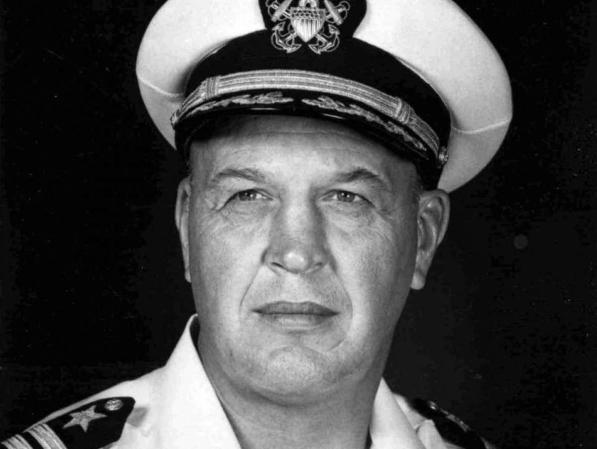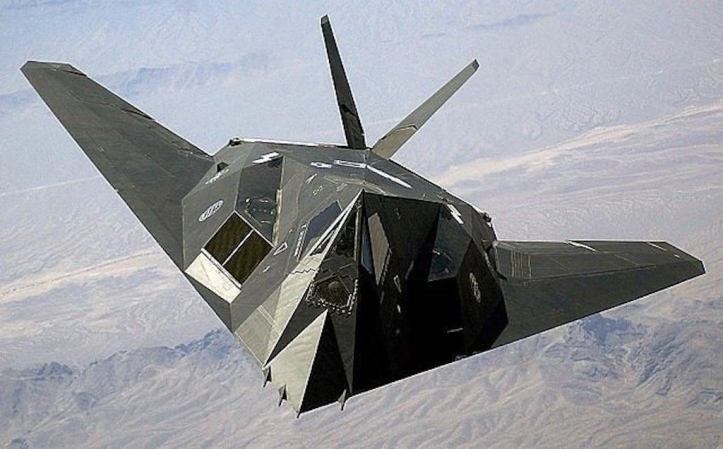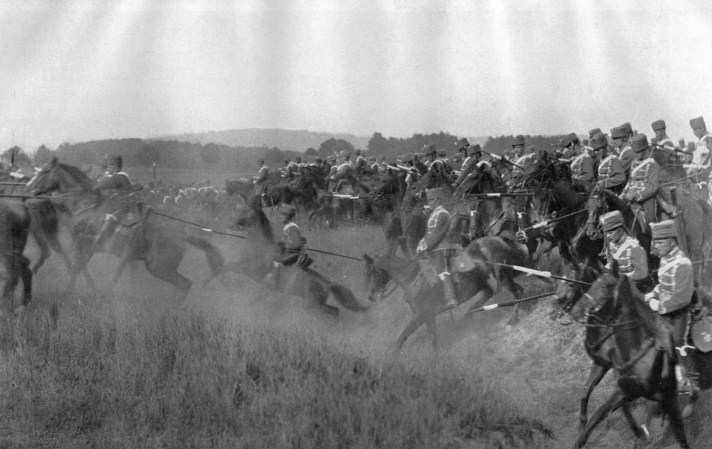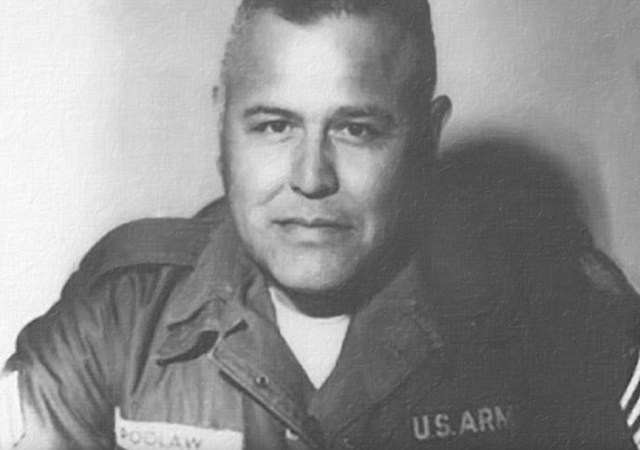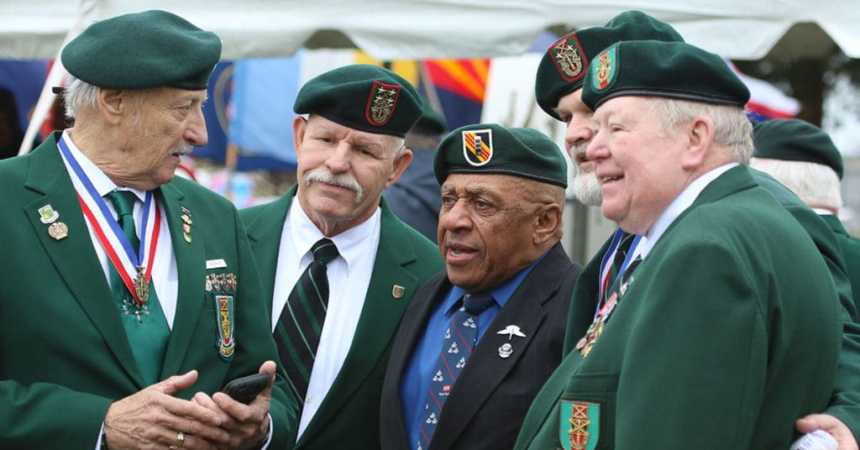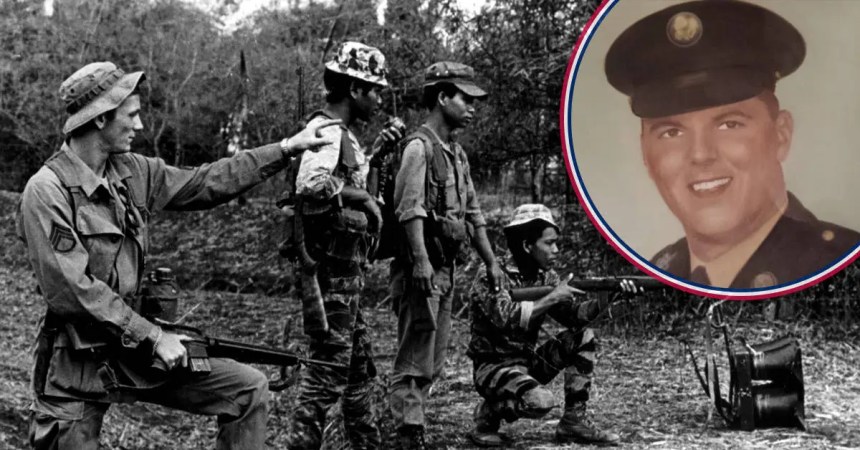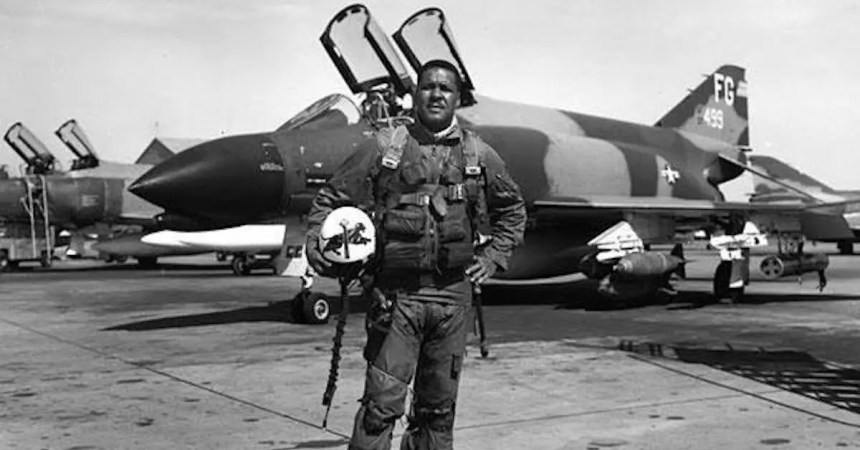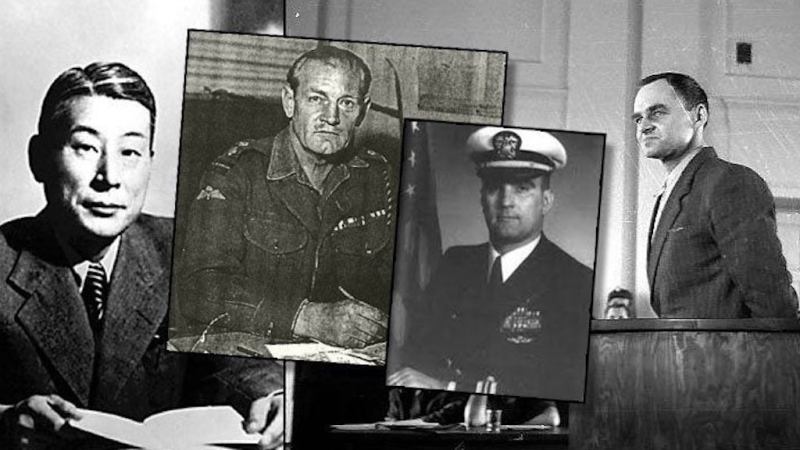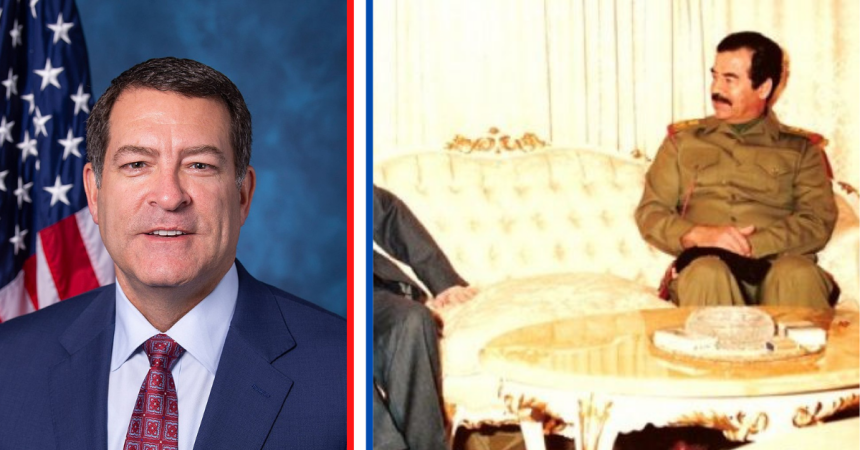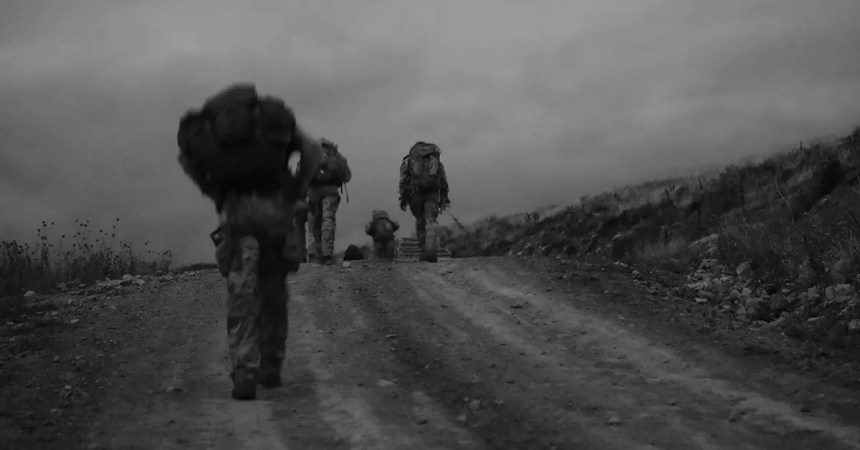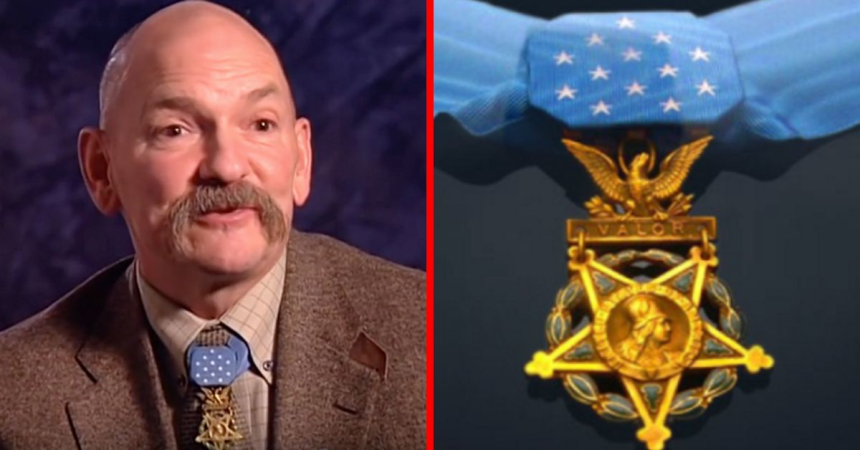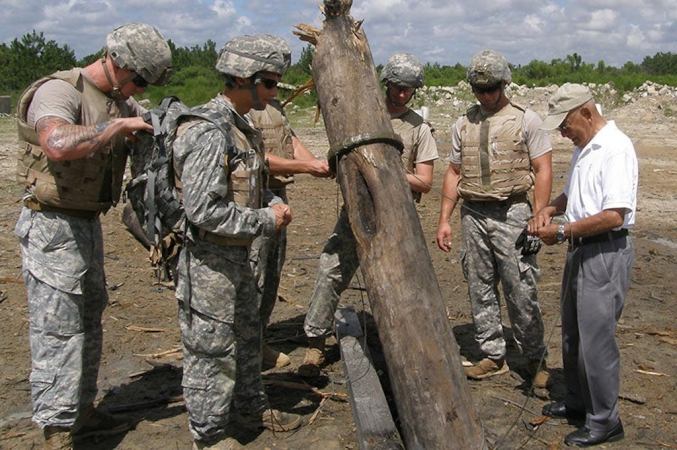For most people, surviving the Holocaust in Nazi-occupied Europe would be the defining moment of their lives. Men like Maj. Gen. Sidney Shachnow aren’t most people. The Lithuanian-born Shachnow survived a forced labor camp and went on to join the U.S. Army, serve in Vietnam, and lead the Army Special Forces’ ultra-secret World War III would-be suicide mission in Berlin during the Cold War.
He was only in his mid-50s when the Berlin Wall came down. After almost 40 years in the U.S. Army, he was inducted in the Infantry Officer’s Hall of Fame and is still regarded as a Special Forces legend. He passed away in his North Carolina home at age 83 on Sept. 18, 2018. His life and service are so legendary, inside and out of the Special Forces community, that it’s worth another look.
Shachnow was born in Soviet Lithuania in 1934. In 1941, an invasion from Nazi Germany overran the Red Army in the opening stages of Operation Barbarossa. Initially greeted as liberators, the Nazis soon began their policy of Lebensraum – “living space” – to create room for German settlers to populate areas of Eastern Europe that Hitler believed should be reserved for the greater German Reich.
This meant the people already living in those areas, which included Shachnow’s native Lithuania, would have to be removed — either through physically removing them or extermination. The young Shachnow was not only a native Lithuanian, he was also from a Jewish family. He spent three years in the Kovno concentration camp. He survived where most of his extended family did not. When the Red Army liberated the camp, Shachnow fled West.
“After I finished that experience, I was very cynical about people,″ he told the Fayetteville Observer. “I didn’t trust people. I thought that there is a dark side to people. If you leave things to people, they’ll probably screw things up.″

He escaped his past life on foot, traveling across Europe, headed west across the then-burgeoning Iron Curtain, and eventually found himself in U.S.-occupied Nuremberg. There, he worked selling rare goods on the black market until he was able to get a visa to the United States.
By 1950, the young man obtained his visa and moved to the United States, eventually settling in Salem, Mass. to go to school. He was ultimately unsuccessful there because he could hardly speak English. The place he did find acceptance was in the U.S. Army. He enlisted and worked to receive his high school education as he quickly gained rank. After he made Sergeant First Class in the 4th Armored Division in 1960, he earned a commission as an Army infantry officer. In 1962, he joined the outfit where he would spend the next 32 years: The U.S. Army’s Special Forces.
He put on his Green Beret just in time to serve in the Vietnam War. Assigned to Detachment A-121, he was at An Long on Vietnam’s Mekong River border with Cambodia. He served two tours in the country, earning a Silver Star and, after being wounded in an action against Communist troops, the Purple Heart.
While fighting in Vietnam, then-Capt. Shachnow was shot in the leg and arm. According to biographers, these both happened in a single action. He applied tourniquets to both wounds and continued fighting, trying to ensure all his men were well-led and came out alive. As he recovered from his wounds, he was sent home from his first tour, only to come down with both tuberculosis and Typhoid Fever. He recovered from those illnesses along with a few others.
After recovering from his wounds and illnesses, he returned to the United States, where he earned a bachelor’s degree from the University of Nebraska and a promotion to Major. He was sent back to Vietnam, this time with the 101st Airborne, with whom he earned a second Silver Star.
In Vietnam he felt the very real heat of the Cold War against Communism but it would be his next assignment – on the front line of the Cold War – that would be his most memorable, most defining, most secret, and certainly the craziest. He was sent to a divided Berlin to command Detachment A, Berlin Brigade.
The unit’s orders were to prepare to disrupt the Soviet Bloc forces from deep inside enemy territory in the event of World War III. It was a suicide mission and they all knew it. To a man, they carried out these orders anyway.
For 24 hours a day, seven days a week, for years on end, the men of Special Forces Detachment A Berlin squared off against foreign militaries, East German and Russian intelligence agencies, and other diplomatic issues. They wore civilian clothes and carried no real identification — the very definition of a “spook.”
Related: A secret Cold War unit was the basis for today’s special operations
These men trained and prepared for global war every day of their service in Berlin. Capture meant torture and death, even in the daily routine of their regular jobs, and Sidney Shachnow was their leader. He was so successful that the reality of Det-A’s mission didn’t come to light until relatively recently in American history. When the Berlin Wall fell, he was the overall commander of all American forces in Berlin.
He was in command of the city at the heart of the country responsible for the deaths of his family members.

After the Cold War, Shachnow went on to earn degrees from Shippenburg State College and Harvard as well as the rank of Major General. He commanded the John F. Kennedy Special Warfare Center, Army Special Forces Command, and became Chief of Staff, 1st Special Operations Command at Fort Bragg, among other assignments. He was inducted as a Distinguished Member of the Special Forces Regiment in 2007. His autobiography, Hope Honor, was published in 2004.
He died in the care of his wife Arlene at age 83 in Southern Pines, North Carolina. Gone, but not forgotten.
Feature image: U.S. Army photo




